The Rise of HDPE Pipe Supply in Modern Infrastructure
1.1 Why Choose HDPE Pipes?
HDPE pipes have rapidly gained popularity in water supply applications due to their exceptional properties. Unlike traditional materials, HDPE pipes offer superior resistance to corrosion, abrasion, and chemical exposure, making them ideal for both underground and above-ground installations.
1.2 Flexibility and Longevity
The flexibility of HDPE pipes allows them to withstand ground movement and seismic activities, significantly reducing the risk of leaks and breaks. Their expected lifespan of 50 to 100 years further enhances their appeal, offering a long-term solution that minimizes maintenance costs.
1.3 Environmental Impact
HDPE pipes are also environmentally friendly, as they are made from recyclable materials and have a low carbon footprint. This makes them a preferred choice for projects aiming to achieve sustainability goals.
The Role of HDPE Electrofusion Coupling in Pipe Installation
2.1 What is HDPE Electrofusion Coupling?
HDPE electrofusion coupling is a modern method used to join HDPE pipes. This technique involves using a special fitting with embedded heating elements that, when electrically charged, fuse the pipe ends together, creating a strong and leak-proof connection.
2.2 Advantages of Electrofusion Coupling
The primary advantage of HDPE electrofusion coupling is its ability to create seamless joints, which are as strong as the pipe itself. This method eliminates the need for additional sealing materials, reducing the risk of joint failure over time. It is particularly beneficial in challenging environments where traditional welding methods may be less effective.
2.3 Applications in Water Supply
HDPE electrofusion coupling is widely used in water supply systems, especially in large-scale infrastructure projects. Its reliability and ease of installation make it a preferred choice for contractors and engineers looking to ensure the integrity of water supply networks.
Understanding Poly Pipe Prices: What Influences the Cost?
3.1 Factors Affecting Poly Pipe Prices
Poly pipe prices are influenced by several factors, including raw material costs, manufacturing processes, and market demand. The price of polyethylene, the base material for HDPE pipes, fluctuates based on global oil prices, as it is a byproduct of the petroleum industry. Additionally, the complexity of the manufacturing process and the quality standards adhered to can also impact the final price.
3.2 Market Trends and Cost Optimization
In recent years, advancements in manufacturing technology have led to more efficient production processes, contributing to a gradual decrease in poly pipe prices. However, market demand for HDPE pipes, driven by large infrastructure projects and environmental concerns, can still cause price variations. To optimize costs, it's essential to stay informed about market trends and consider bulk purchasing options.
3.3 Balancing Quality and Price
While poly pipe prices are a critical factor in purchasing decisions, it's crucial not to compromise on quality. HDPE pipes are an investment in long-term infrastructure reliability, so selecting a reputable supplier who adheres to high manufacturing standards is essential.
Making Informed Decisions in HDPE Pipe Supply
4.1 Assessing Your Project Needs
Before purchasing HDPE pipes, it's vital to assess your project's specific requirements, including pipe diameter, pressure ratings, and installation conditions. Understanding these factors will help you choose the right type of HDPE pipe and the appropriate HDPE electrofusion coupling for your water supply system.
4.2 Choosing the Right Supplier
Selecting a reliable supplier is key to ensuring the quality and availability of your HDPE pipes. Look for suppliers who offer comprehensive support, including technical assistance, timely delivery, and competitive poly pipe prices. A good supplier will also provide warranties and stand by the durability of their products.
4.3 Long-Term Cost Benefits
While the initial investment in HDPE pipes may be higher than other materials, the long-term cost benefits are significant. The durability, low maintenance, and reduced risk of leaks or failures translate to lower overall costs over the lifespan of the water supply system.
The growing reliance on HDPE pipe supply for water infrastructure reflects a broader shift towards more sustainable and reliable construction practices. By incorporating HDPE electrofusion coupling and staying informed about poly pipe prices, you can make well-informed decisions that benefit both your project and the environment.
Whether you're involved in a large-scale infrastructure project or a smaller residential water supply system, HDPE pipes offer an unbeatable combination of strength, flexibility, and cost-effectiveness. By choosing HDPE, you're investing in a solution that meets today's demands and stands the test of time.
In conclusion, HDPE pipes, supported by advanced HDPE electrofusion coupling techniques and competitive poly pipe prices, represent the future of water supply infrastructure. Make the smart choice today and ensure your water supply system is built to last.
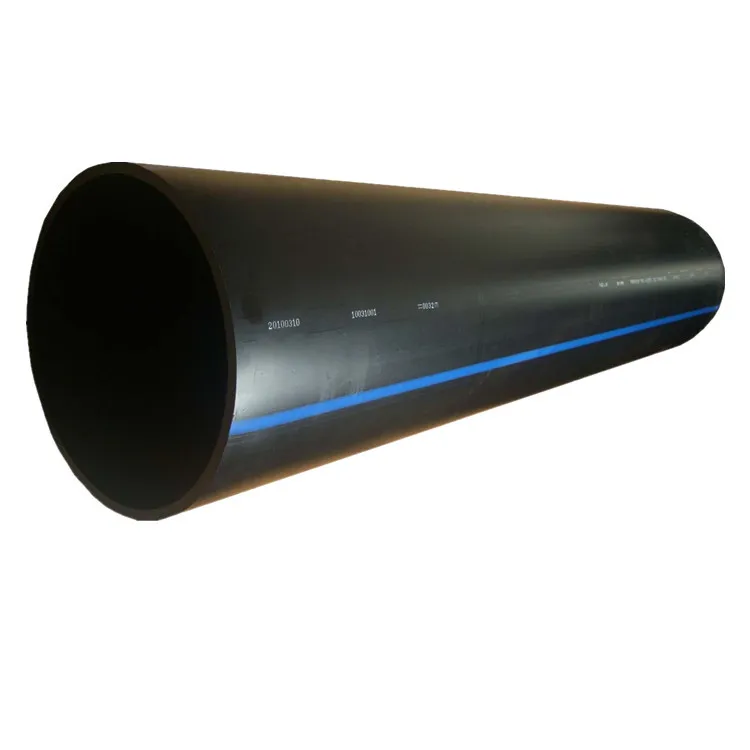
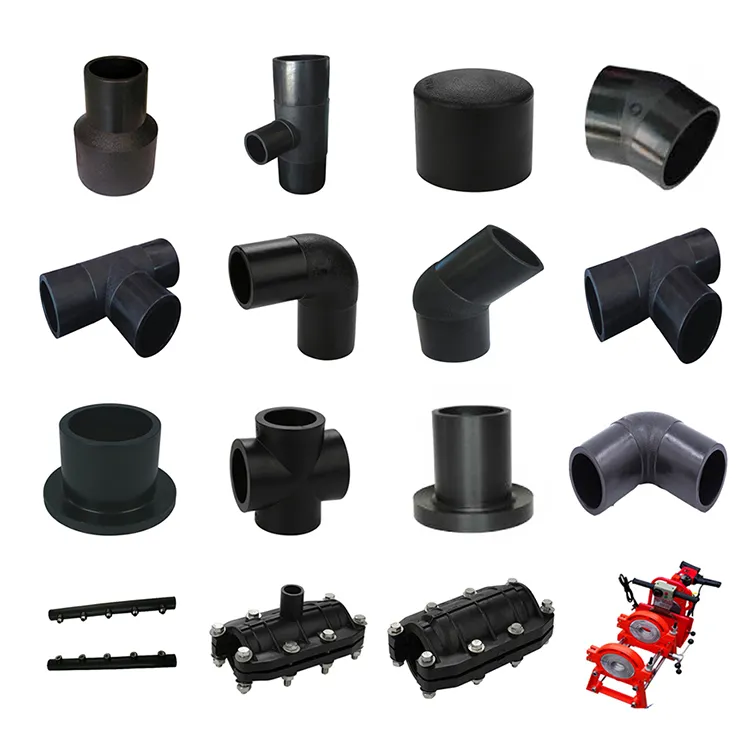
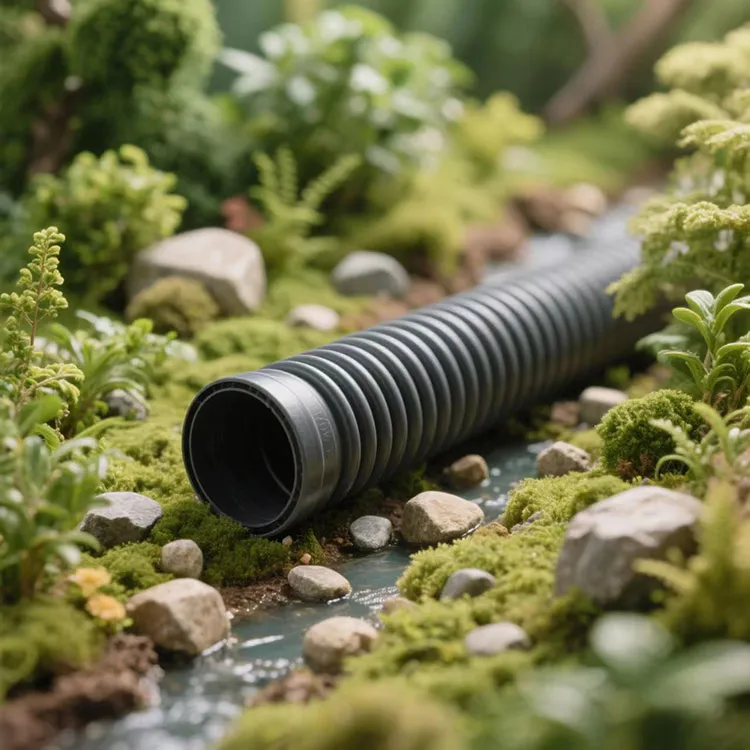

402.webp)
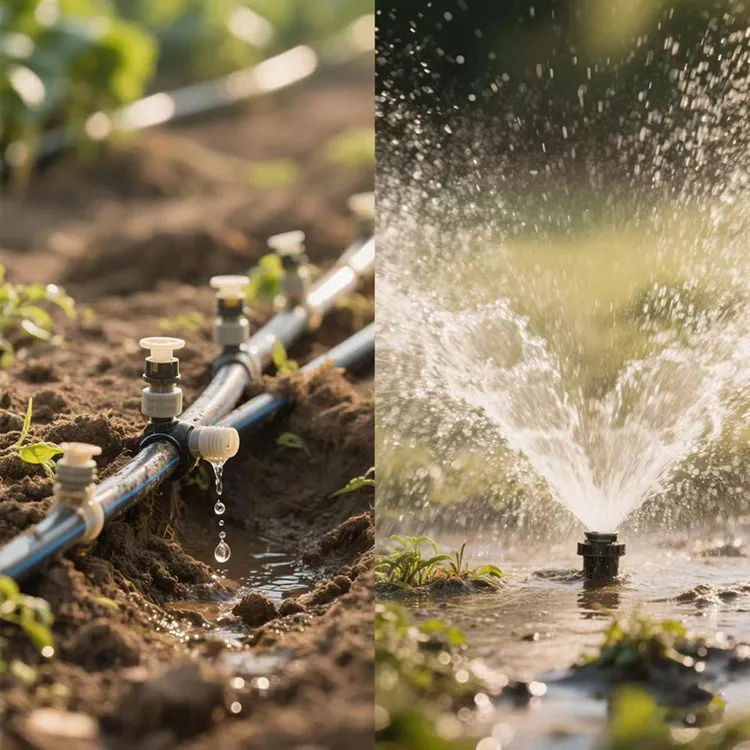
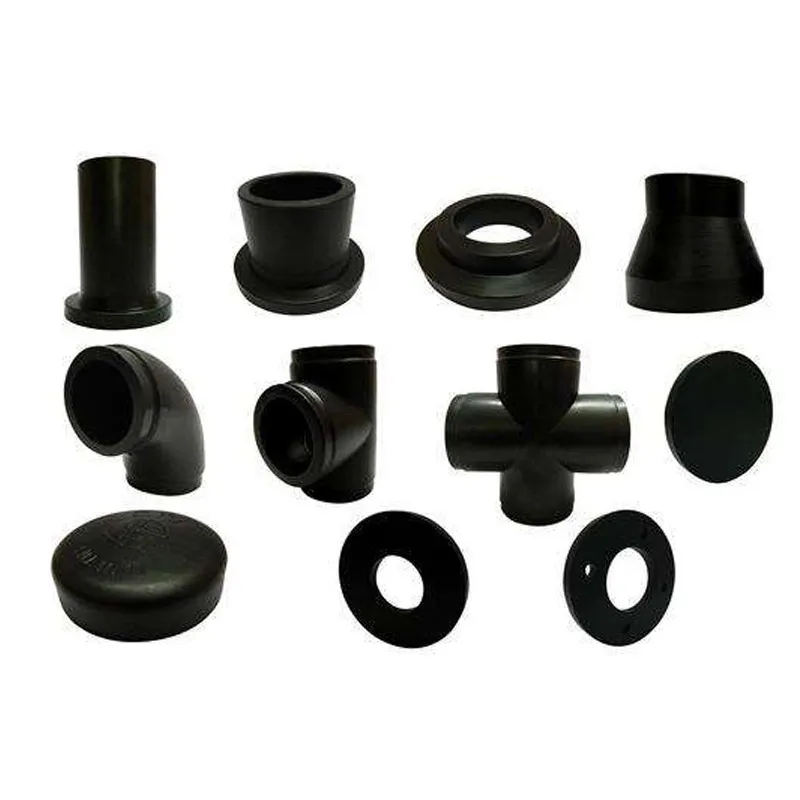
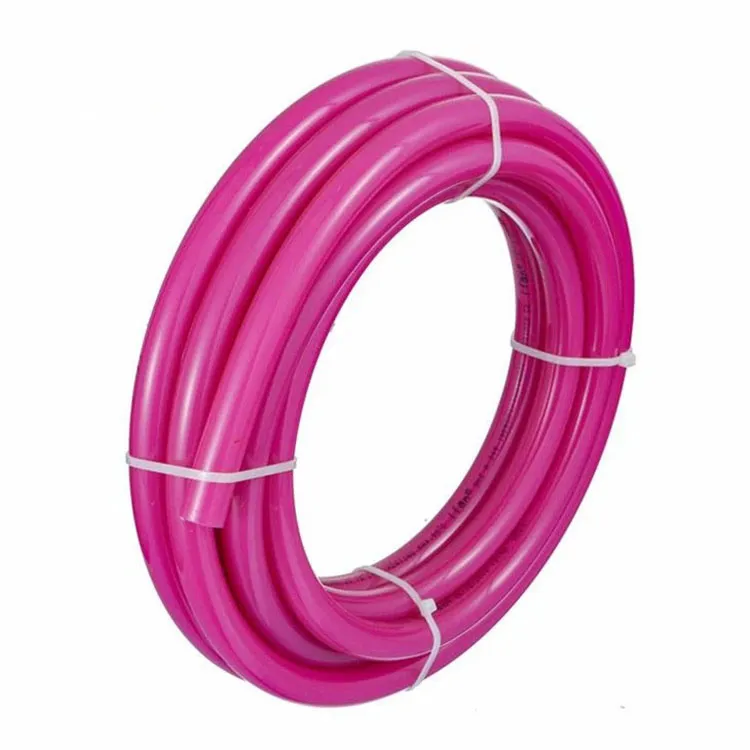
294.webp)
476.webp)
420.webp)
146.webp)
460.webp)
287.webp)
274.webp)


